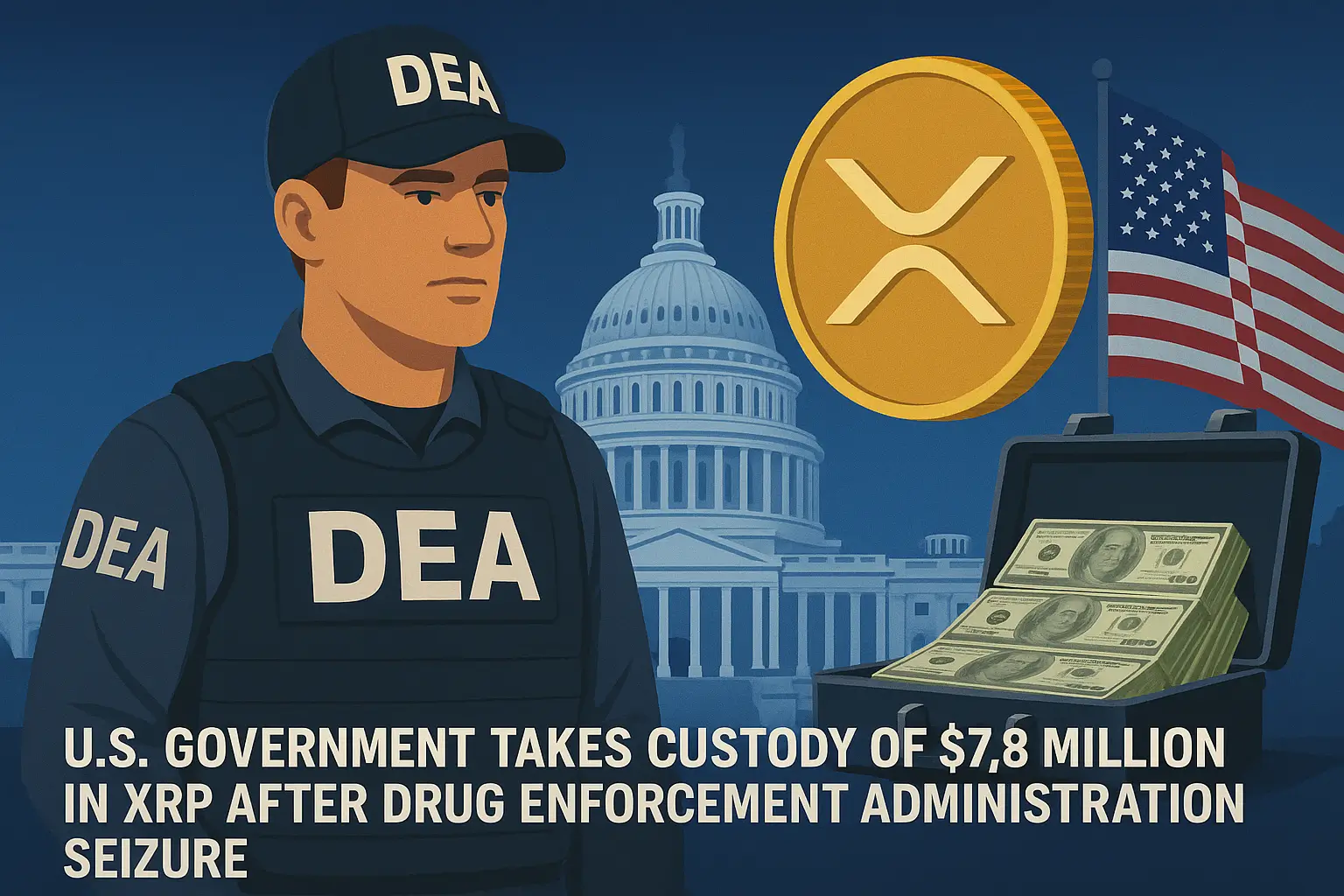Canada’s 2025 federal budget proposes a legal framework for fiat-backed stablecoins, marking a major policy shift to modernize its digital payments landscape.
Key Takeaways:
- The Canadian government plans to establish a comprehensive stablecoin regulatory framework under federal oversight, with the Bank of Canada playing a central role.
- The initiative aims to encourage innovation in digital payments while ensuring financial stability and consumer protection.
- The crypto market is on its downward momentum within the past week, where Bitcoin and Ethereum saw noticeable declines
Earlier today, November 5, 2025, Canada announced a commitment to create a legal framework for fiat-backed stablecoins and to give federal authorities (with a role for the Bank of Canada) oversight of that framework. The proposal outlines a legal framework to oversee stablecoin issuers and intermediaries, combining innovation incentives with strict consumer protection and reserve requirements.
The move reflects growing government interest in fostering a competitive payments ecosystem while maintaining regulatory control over digital assets. It also signals Ottawa’s recognition of the role that stablecoins could play in bridging traditional finance with emerging DeFi systems and smart contract-based transactions.
Policymakers Push for Balance Between Innovation and Oversight
Canadian officials, who are representatives from finance-related departments, have emphasized the importance of regulation supporting both innovation and consumers security, as the central bank has recently highlighted the macro-level risks of stablecoins with no proper regulations, especially those supported by offshore reserves. The said entity have also encouraged coordination national rules.
The said plan, as the country aims, helps in positioning Canada alongside jurisdictions like the European Union, which recently implemented its Markets in Crypto-Assets (MiCA) regulations. The federal budget’s language suggests a clear commitment to providing legal certainty while ensuring issuers maintain 1:1 fiat reserves and adhere to transparency standards.
Crypto Market Sees Notable Pullback
As of this writing (9:45AM UTC), Bitcoin (BTC) trades around $101,881, showing a 1.9% drop over the past 24 hours, while Ethereum (ETH) also saw a price decline around 5.4%, currently trading near $3,305.32. Meanwhile, major fiat-backed stablecoins like USDC and USDT remain near their pegs at $0.9998–$0.9999, showing that volatility is concentrated in more speculative assets.
Implications for Canada’s Financial and Crypto Ecosystem
Introducing regulated stablecoins into national payment systems helps in achieving efficient transactions, lower costs, as well as allow instant settlements for businesses and consumers. Financial experts also see potential for tokenized Canadian-dollar assets to emerge as compliant alternatives to global stablecoins.
However, regulators face the challenge of ensuring robust oversight. Reserve audits, redemption guarantees, and anti-money-laundering compliance will determine whether this policy fosters innovation or constrains it through tight control. The framework’s final design will influence whether Canada becomes a leader in digital payments or maintains a cautious stance that limits growth in the crypto investment sector.
What’s Next for Canada’s Stablecoin Agenda
The government plans to release draft legislation and seek feedback from the financial and digital-asset sectors in early 2026. The Bank of Canada will likely set supervisory standards, including reserve requirements and eligibility for approved issuers.
Clear, balanced rules could accelerate stablecoin adoption across fintechs and banks. Overly restrictive measures, however, may push innovation toward private or offshore tokenization systems outside federal oversight.
Summary
Canada's 2025 federal budget proposes a federal legal framework for fiat-backed stablecoins, assigning oversight roles to federal authorities and the Bank of Canada to modernize payments while balancing innovation, stability, and consumer protections.

























